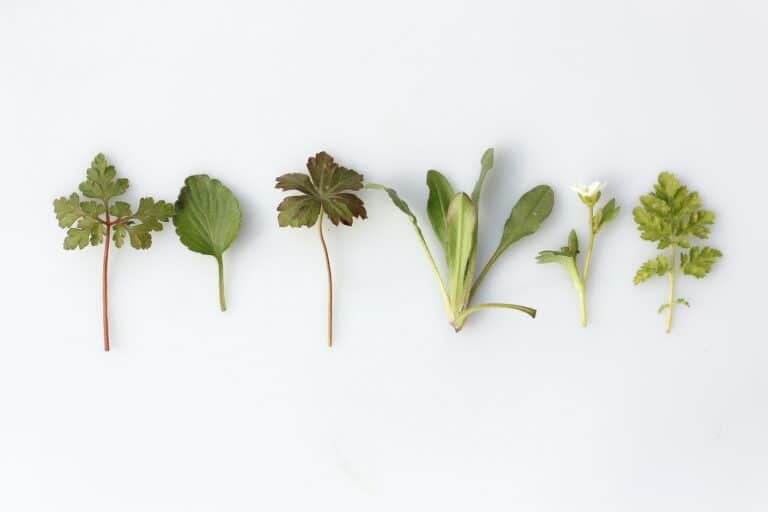Deep breathing helps lower stress in the body because breathing deeply sends a message to the brain to calm down and relax. The brain then sends this message to the body. Deep
breathing also causes certain things that happen when stress occurs, such as increased heart rate, fast breathing, and high blood pressure, to decrease.
Belly Breathing

The first exercise presented is called belly breathing and is simple to learn and easy to
do. It’s best to start there, especially for patients who have never done breathing exercises before. The other exercises are more advanced, but all of these exercises can help patients relax and relieve stress.
Belly breathing is easy to do and very relaxing. Patients can try this basic exercise anytime they need to relax or relieve stress.
- Sit in a comfortable position.
- Put one hand on your belly just below your ribs and the other hand on your chest.
- Take a deep breath in through your nose, and let your belly push your hand out. Your chest should not move.
- Breathe out through pursed lips as if you were whistling. Feel the hand on your belly go in, and use it to push all the air out.
Do this breathing 3 to 10 times. Take your time with each breath.
After mastering belly breathing, patients may want to try one of the following more advanced breathing exercises.
4-7-8 Breathing
This exercise also uses belly breathing and can be done either sitting or lying down.
- To start, put one hand on your belly and the other on your chest, as in the belly breathing exercise.
- Take a deep, slow breath from your belly, and silently count to 4 as you breathe in.
- Hold your breath, and silently count from 1 to 7.
- Breathe out completely as you silently count from 1 to 8. Try to get all the air out of your lungs by the time you count to 8.
- Repeat 3 to 7 times or until you feel calm.
Roll Breathing

The object of roll breathing is to develop full use of the lungs and to focus on the rhythm
of breathing. It can be done in any position, but while learning, it is best to lie on the back with knees bent.
- Put your left hand on your belly and your right hand on your chest. Notice how your hands move as you breathe in and out.
- Practice filling your lower lungs by breathing so that your “belly” (left) hand goes up when you inhale, and your “chest” (right) hand remains still.
- Always breathe in through your nose and breathe out through your mouth. Do this 8 to 10 times.
- When you have filled and emptied your lower lungs 8 to 10 times, add the second step to your breathing: Inhale first into your lower lungs as before, and then continue inhaling into your upper chest. As you do so, your right hand will rise, and your left hand will fall a little as your belly falls.
- As you exhale slowly through your mouth, make a quiet, whooshing sound as first your left hand and then your right-hand fall. As you exhale, feel the tension leaving your body as you become more and more relaxed.
Practice breathing in and out in this way for 3 to 5 minutes. Notice that the movement of your belly and chest rises and falls like the motion of rolling waves.
Practice roll breathing daily for several weeks until you can do it almost anywhere. You can
use it as an instant relaxation tool anytime you need one.
Caution: Some people get dizzy the first few times they try roll breathing. If this happens,
slow breathing down and get up slowly.




